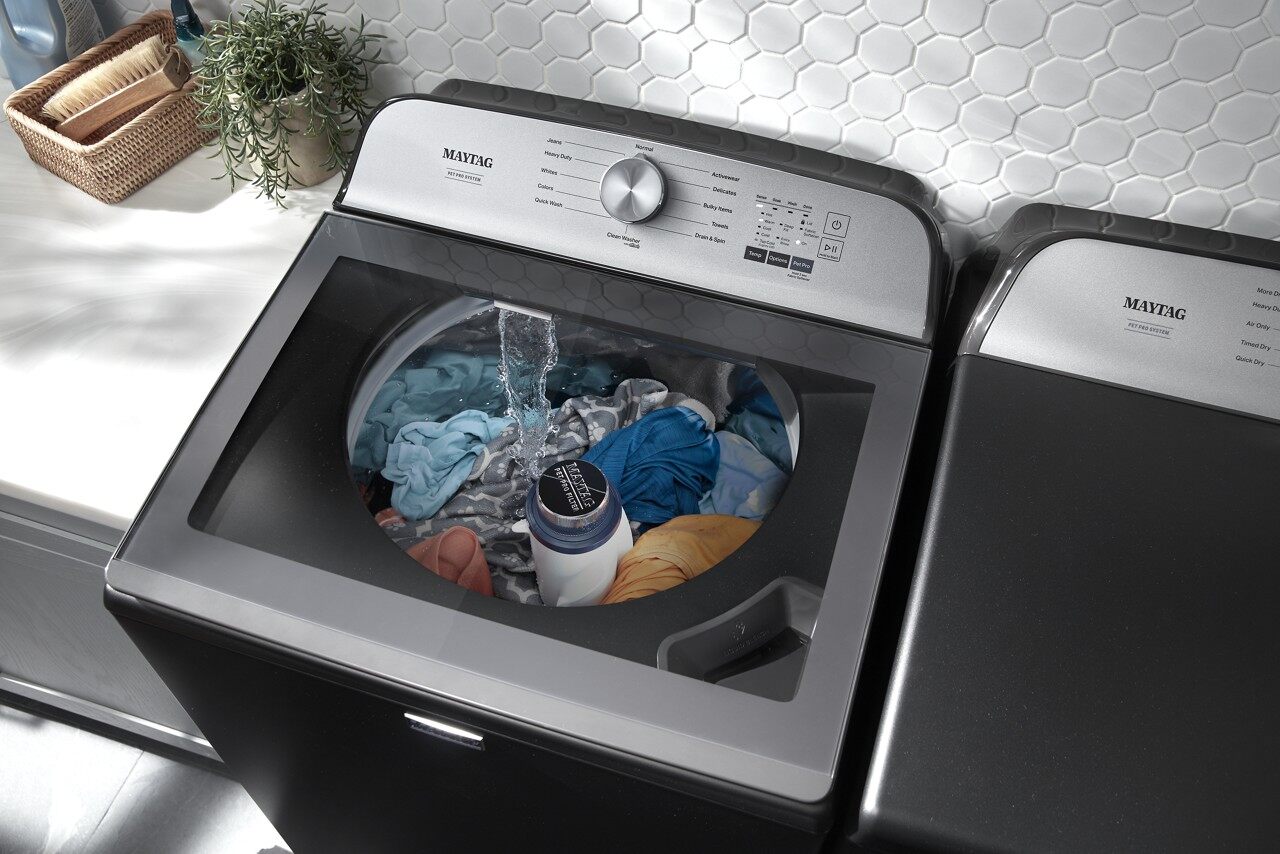
Choosing a new washing machine requires careful evaluation of performance and energy efficiency, not merely of color or capacity. Because of their traditional shape and convenience of loading, top load washing machines remain a favorite choice for many houses among the numerous types. Still, there are some obvious differences in this area that influence everything from cleaning power to long-term operational costs. Making a smart decision based on your laundry needs and commitment to energy economy hinges on an awareness of these differences.
Active versus Impeller Models
Top-load washing machines differ essentially from one another largely in their washing mechanism agitator or impeller. Often used for really dirty products, agitator models feature a center post that whirls and turns to drive garments through water. On the other hand, gently tumble clothing from a low-profile cone or disk at the bottom of the wash tank using an impeller. While impellers are often friendlier on fabrics and allow for larger loads since they lack a center column, agitators can occasionally offer a more comprehensive cleaning for tough stains. Mostly your decision will depend on your regular laundry load and cloth kind.
Making Use of Resources
Environmental effect and long-term savings depend heavily on water and energy use. Older agitator machines often consume noticeably more water per load since they need the drum to be totally filled to soak garments. Effective cleaning achieved by using powerful detergents and less water lowers utility costs. One must look for specific energy star ratings and manufacturer-estimated annual water usage predictions to assess actual efficiency when comparing top load washing machines. This information makes the appliance’s running cost during its lifetime clear-cut.

Features & Wash Cycles
Apart from the basic cleaning technique, other factors like the variety of wash cycles significantly affect performance and convenience. Many modern machines include particular cycles for delicate goods, heavy loads, sanitization, or even quick washes. Improving user experience includes digital controls, delayed start choices, and automatic detergent and fabric softener dispensers. Some models also incorporate built-in water heaters for further stain removal or steam operations for deeper cleaning. Consider carefully which features would be appropriate for your preferred degree of convenience and laundry schedule.
Energy Consumption
Measuring in revolutions per minute (RPM), the spin speed influences the water extraction from garments before dryer operation. Noise level is also important. Higher spin speeds suggest that clothes come out dryer, thereby reducing drying time. Though occasionally additional vibration and noise can result from higher spin rates, particularly in vehicles with less effective suspension systems. Especially if your laundry room is close to living quarters, you should check noise levels usually stated in decibels (dB). Especially in longer wash cycles, a quieter operation can significantly improve the surroundings of your house.






